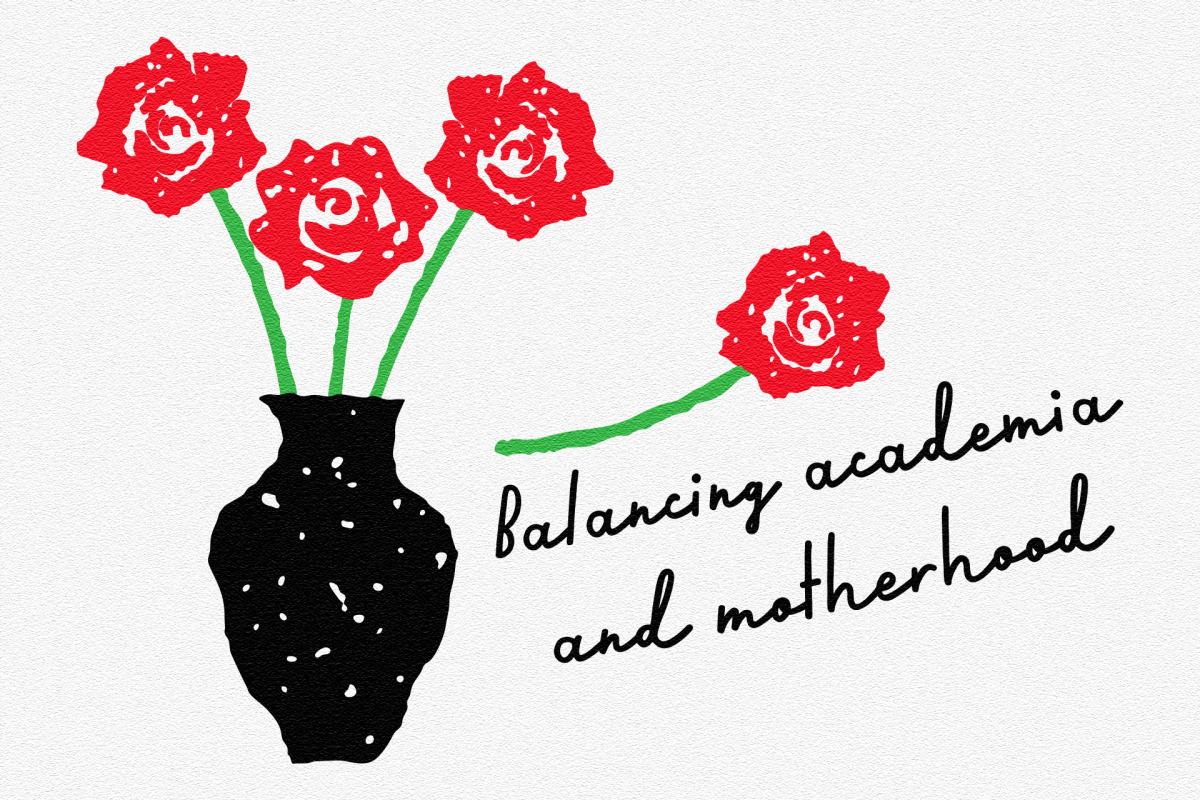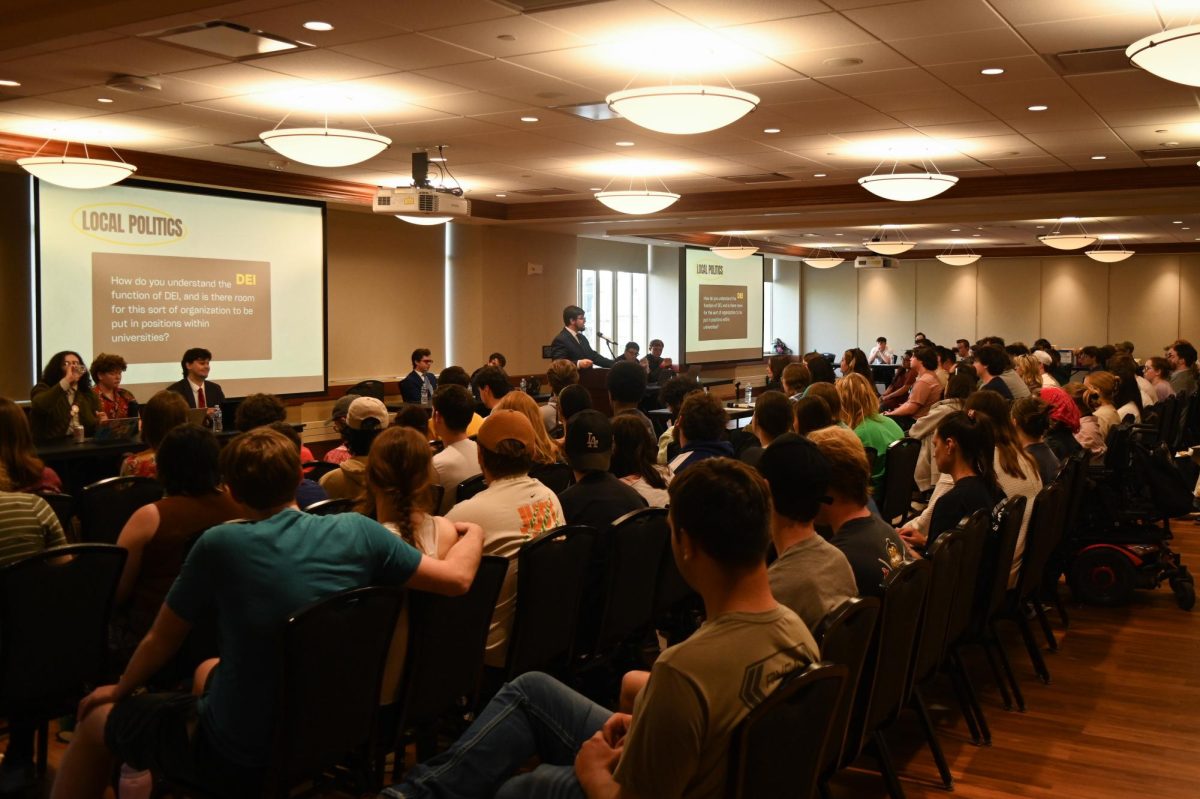The iPad app for “Moon,” the first of 10 tracks off Björk’s newest release, _Biophilia_, allows the listener/player to change the pitch of notes by spinning pearls strung along a vein-like wire while rotating the moon to control how many notes get played. Björk proceeds to sing (Selecting a verb to decribe Björk’s voice is a difficult task. Cooing? Croaking?) the lunar lyrics over the user-created base music. And frankly, it is _so_ cool. In this intellectual version of Guitar Hero, the Icelandic wild card somehow sings over whatever music _you_ created. Therein lies the gift and the curse of this much-anticipated, shoot-for-the-stars release.
Each song on the album is accompanied with an iPad app, priced at $1.99 a piece or $9.99 for the whole bunch. The apps are all interactive. For example, you can strike chords with lighting, play with microscopic video of DNA, fly through space collecting crystals of sound or save a cell from singing viruses. The general theme is nature, hence the title _Biophilia_ (a love of the living world), and the pliability and fluidity of its components, which are represented by music.
Overall, they’re pretty dang cool. There are a few duds, but it’s certainly worth the $10 if you want the album and have an iPad, if only for the visualizations that accompany each song. These connect-the-dots-meets-follow-the-bouncing-bubble graphics show shapes for each note, giving true imagery to the songs. Kind of like a rudimentary music video, these bonus features are probably the best way to listen to the music. They’re simply mesmerizing.
Yet, they once again hint at that aforementioned curse. As cool as they are, the most prominent and stimulating part of the visualizations is the circles representing the vocals. This is what makes the app work and the album stumble. Björk’s vocals are as unique as pretty much anything you’re gonna hear this side of Scandinavia, and when they climax there’s a chillingly beautiful aural reverberation.
Unfortunately, the backing music is, for the most part, forgettable. In fact, it’s literally replaceable. As cool as it is that anyone with an iPad can create their own chords and such for Björk to sing over, it says something about the general ineffectuality of Björk’s actual compositions on _Biophilia_. Björk is supposed to be the artist, after all. And she is, in a few places. “Cosmogony” is strong, and Björk really shines on “Crystalline” when she actually takes charge and puts herself in the driver’s seat. Still, this is no _Homogenic_ or _Post_, Björk’s two best-received efforts.
That’s not to say Björk’s obvious attempts to start a revolution are completely futile. The app is still groundbreaking, and the idea of allowing the listener to try its finger at the role of the artist is certainly innovative and thought-provoking, even if it does seem to compromise the actual art somewhat. Will the world’s first widely distributed app-album be a harbinger of what’s to come in the 21st century music scene? That remains to be seen. Not every artist’s music can be utilized in such a malleable manner, nor will all artists be willing to yield such control.
Still, much can be learned from Björk’s presentation. iTunes LPs haven’t exactly taken off, but this app shows that albums can definitely be presented in a visual, bonus feature-friendly style like DVDs. It will be interesting to watch other artists give it a shot in the next few years.
While Björk might not have hit all the right notes, she certainly seems to have done enough to get the revolutionary ball rolling.






